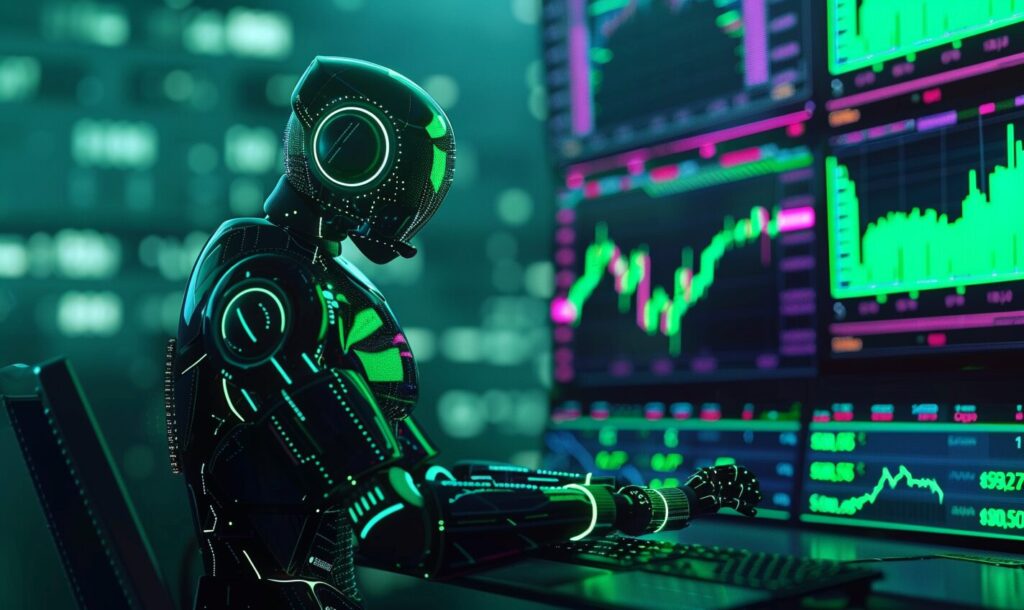Artificial intelligence (AI) is spurring rapid advancements in the supply chain. However, people often discuss the topic in terms of what might happen someday. That’s okay to a point, but there’s frequently an even greater interest in what companies have already achieved with it. Here are five examples of improvements brought about by AI in supply chain applications.
1. Making Recommendations Based on Demand Signals
A supply chain shortage is a mere inconvenience in some sectors. However, in the pharmaceutical industry, the inability to get drugs and other therapeutic interventions could lead to life-threatening circumstances.
AI could make those situations less likely to happen. A solution called CognitiveRx uses artificial intelligence to anticipate factors such as inflation or increased demand that could put a strain on the pharmaceutical supply chain. Besides predicting possible problems, the tool recommends strategies to prevent hardships for companies and the patients who depend on those brands.
2. Helping Retailers Fulfill Their Promises
In today’s fast-paced world, consumers are more likely to expect quick fulfillment for the products they want and need. Companies must apply AI in their supply chain decisions at multiple levels to boost the chances of meeting customers’ increasingly high expectations.
Amazon guarantees free, ultra-speedy shipping for eligible items to people who subscribe to the company’s Prime service. It relies on artificial intelligence in various ways that affect its stock levels and shipments.
Beyond just gauging the required stock numbers for a particular item, AI assists by figuring out where to keep the merchandise so it is as close as possible to the consumers who eventually buy the goods. That’s crucial considering that Amazon promises the arrival of some shipments in only an hour.
3. Giving Supply Chain Brands More Future Delivery Options
Supply chain companies are also eager to investigate whether artificial intelligence could ease their dependence on delivery drivers. Industry analyses project a worsening truck driver shortage, so figuring out how to move goods with fewer drivers could prove essential in the coming years.
Statistics from the American Trucking Associations showed that in 2018 alone, the freight industry needed more than 60,000 drivers than were available to handle the requirements. The organization’s data also suggests that the total could balloon to 160,000 by 2028.
A company called Plus.ai may have a solution. It recently completed a cross-country commercial journey carrying butter for Land O’ Lakes. The trip stood out because the truck remained in autonomous mode for the whole 2,800-mile journey. A human stayed behind the wheel in case of an emergency, but the vehicle got to its destination without issues.
It may be a while before people see widespread instances of self-driving freight trucks on the road. Even so, this example of AI in supply chain transit is fascinating because it illustrates the possibilities.
4. Reducing Fulfillment Errors While Shortening the Order Completion Timeframe
Seeing a just-arrived shipment can bring positive feelings like happiness and relief. However, if a supply chain error results in someone receiving the wrong order, customers may instead experience resentment and decide to take their business elsewhere.
A recent Oracle study examined how companies use AI in various industries. The results regarding supply chain implementation were particularly compelling. It showed that artificial intelligence led to a 25% reduction in fulfillment mistakes. The study’s conclusions showed that fulfillment happened an average of 6.7 days sooner than without AI tech, too.
Many people may initially assume that boosting order accuracy requires slowing down. These outcomes show that’s not necessarily the case, but companies should still allow adequate time to see how they should apply AI for the best results.
5. Providing Prompt Shipment Information
Parties within the supply chain frequently need reliable details about shipments. For example, a manufacturer waiting on raw materials for an in-demand electronic gadget might request status updates from a supplier to pass onto an entity waiting on the finished item. Plus, if a consumer buys a product for a time-sensitive reason, they likely want assurances that it will reach its destination on time, or at least expect the ability to get regular updates.
Chatbots can give such information, even outside of normal business hours. UPS introduced a chatbot for Google Assistant products after first rolling it out to Facebook Messenger, Skype and Amazon Alexa. Users can utter or type queries to receive updated information about packages in transit or those delivered earlier that day.
AI in Supply Chain Applications Brings Exciting Innovations
Supply chain brands that want to use AI in supply chain operations should remember there is no universal path to success. These five examples give glimpses into the kinds of benefits companies could see, however. Paying attention to a company’s challenges and pondering how artificial intelligence could minimize them are excellent first steps to take.
Recent Stories
Follow Us On
Get the latest tech stories and news in seconds!
Sign up for our newsletter below to receive updates about technology trends














